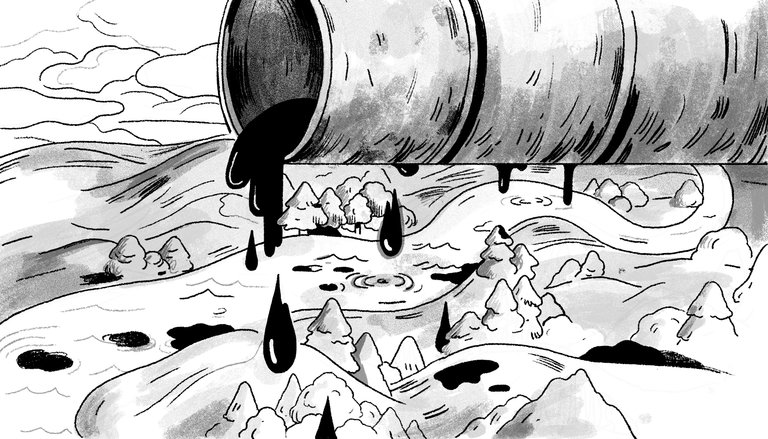by the Editorial board of the New York Times:

The Dakota and Lakota of the Standing Rock tribe would hardly be the first American Indians to pay the price for white people who want to move environmental hazards out of sight, out of mind and out of their water faucets. If the federal government shifts the pipeline route again — perhaps closer to Bismarck — maybe that will prompt a full, meaningful discussion of the pipeline’s merits, with a fairer assessment of its true costs.
A pipeline may well be the most profitable and efficient way to move a half-million barrels of crude oil a day across the Plains. But in a time of oil gluts and plummeting oil prices, is it worth it? Is it worth the degradation of the environment, the danger to the water, the insult to the heritage of the Sioux?
The law-enforcement response to the largely peaceful Standing Rock impasse has led to grim clashes at protest camps between hundreds of civilians and officers in riot gear. The confrontation cannot help summoning a wretched history. Not far from Standing Rock, in the Black Hills of South Dakota, sacred land was stolen from the Sioux, plundered for gold and other minerals, and then carved into four monumental presidential heads: an American shrine built from a brazen act of defacement.
 Stand With Standing Rock
Stand With Standing Rock